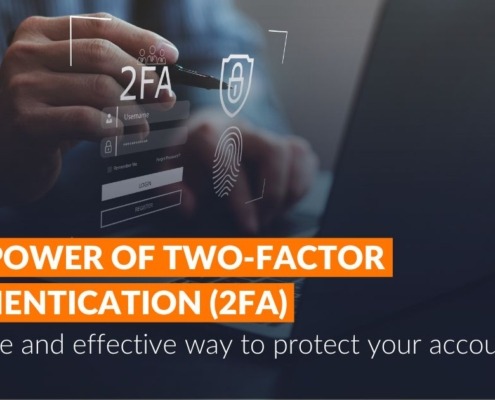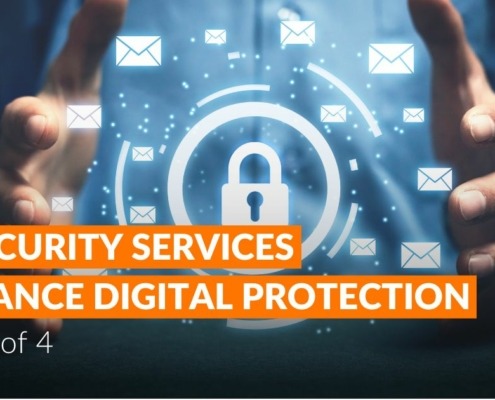Posts

The Power of Two-Factor Authentication (2FA)
Infrastructure, Security, Technology, Tips and RecommendationsDiscover the importance of Two-factor Authentication (2FA) in protecting your accounts from cyberattacks and learn how to easily implement it for enhanced security.

IT Security Services Enhance Digital Protection (Part 2 of 4)
Business, Infrastructure, IT Services, Security, TechnologyDiscover pivotal IT security tools addressing phishing threats to protect end users. Mitigate risks, educate employees, and fortify defenses against cyber-attacks in this critical article.

How to Create a Strong Password
Security, Tips and RecommendationsProtect yourself and your data with strong passwords. How strong is my password? What makes a strong password? Tips on how to generate strong passwords.
